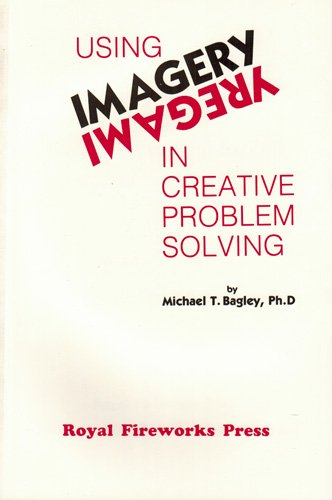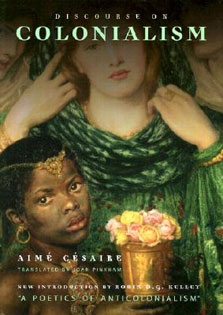About The Book
This guide for teachers on how to use imagery to enhance students' creative problem-solving skills, includes 29 activities with full directions for...
Read more
implementation. A practical, effective, and exciting approach to creative problem-solving enrichment in your classroom.
It develops step-by-step instructions for using imagery in your classroom:
Step 1: Select an appropriate time when interruptions will be at a minimum.
Step 2: Be sure the students have removed all books, etc., from their desktops.
Step 3: Give the students a brief introduction to the CPS exercise.
Step 4: Ask the students to decide on a Target Problem (TP) for this exercise.
Step 5: Give the students an idea of the approximate time (length) of the exercise.
Step 6: Remind the students not to talk or make any sounds during the exercise because they will disrupt the concentration of the group.
Step 7: Read the guided exercises.
Step 8: Ask the students to write their responses to their experience in the CPS-Imagery Idea Workbook. Be sure to tell them how much time they have for this workbook activity.
Step 9: Option: You can either move onto a new activity or discuss the exercise with the group.
Imagery problem solving activities include: Alternate Time Past; Super Slow Motion; Wise Person; Message from the Sea; Transformation; Direct Analogy Animals; Ten Famous Words; Free Association Words; Image Repetition; Changing Colors; Other Culture; Above the Earth; Mystery Cave; Texture Bonanza; Train To Nowhere; Changing Identities; Rainbow Ray; Floating Clouds; Cartoon Characters; Changing Climates; Reverse Motion; Alternate Time Future. All activities give a suggested time, description, a script for guided imagery, options, and suggestions for a CPS-Imagery Idea Notebook.
Hide more




